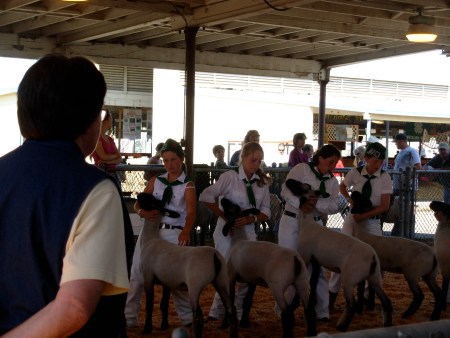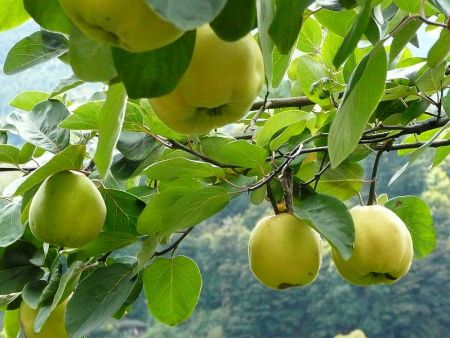Tax Day is once again upon us in the U.S. Because income taxes are due on April 15, chances are that you’ve already addressed them in some way. Chances are also fairly high that you’ve not given much thought as to why our taxes are due in the middle of April each year. Neither had I, until my daughter asked me about this and I developed a theory.
Office for Emergency Management. War Production Board. (01/1942 – 11/03/1945)
Although the U.S. government didn’t impose our current income tax system until 1913 (and citizens had been taxed for a brief period to fund the Civil War), most governments throughout the world have taxed their citizens. The ancient Egyptians taxed cooking oil and went as far as visiting people’s homes to ensure that they weren’t using an alternative oil in order to avoid the tax. The ancient Greeks used rain gauges to measure rain and thus determine the tax bills for farmers — the more rain, the more produce, the higher the tax.
But when in the year did this happen? Was it in April, like it is today, or at the start of the new year, January 1? It turns out that, to complicate things, the new year has been celebrated on many different dates throughout history (and continues to be celebrated at different times by some cultures.) Ancient Egyptians celebrated the new year in August, when the Nile River flooded to provide water for their crops. The Mayan new year was in May, at the year’s agricultural high point. The Jewish New Year continues to coincide with the fall harvest. The Incans linked, and the Chinese continue to link, their new year to the winter solstice.
And the ancient Romans and Babylonians marked their new year at the spring equinox, itself a moving target in ancient times, before precise measurements existed. (The English new year continued to be March 25, a full two centuries after France’s Charles IX changed it to January 1 for most of the world in 1564.) Our practice of New Year’s resolutions goes back 4,000 years to the ancient Babylonians, who made sure to settle up accounts by returning borrowed farm equipment before their new year. It was these ancient people whom I surmised may have influenced our current tax schedule.
Ancient Egyptian Calendar
It turns out that the first U.S. income tax payments in 1914 were due on March 1 for somewhat banal, rather than agrarian or seasonal, reasons. March 1 was chosen because that date fell about one year after the 16th (tax) amendment was enacted. Tax Day didn’t move to April 15 until 1955. (And, if April 15 falls on a weekend, Tax Day is moved to the next business day.)
So, while it made a fine story, my theory that we follow many of the ancients by paying taxes at the rough equivalent of the spring equinox did not hold (rain) water. It did, however, inspire us to learn a little bit about tax history and ancient ways, and recognize the fact that, even as the calendar and customs have changed, taxes have remained a fairly constant fact of life.
1500s Aztec Calendar
Artwork based on ancient Egyptian calendar
Images: Tax History, Dark Roasted Blend, PBase
You might also be interested in:
Tax day tips: Eight things to check before April 17 tax deadline
Tax day: 8 top tax breaks for parents on tax deadline















































































